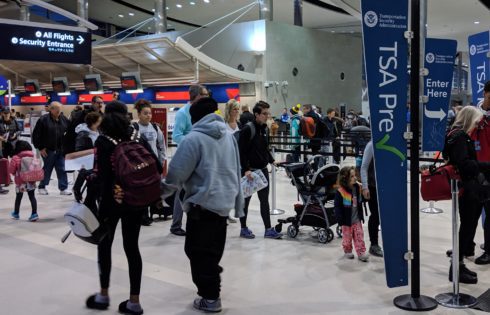
REAL ID Act: Explained with Detailed Timeline [2024]
You’ve probably seen the term REAL ID quite a few times over the past few years. It’s been in the news, on the blogs, and even at airports and other

You’ve probably seen the term REAL ID quite a few times over the past few years. It’s been in the news, on the blogs, and even at airports and other
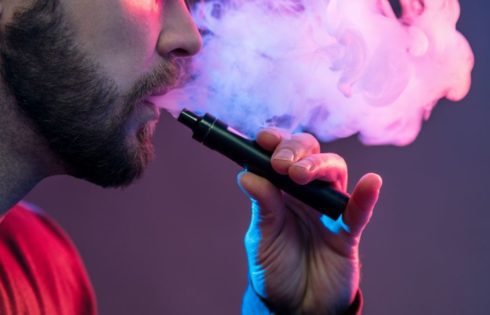
As people return to traveling, a lot of passengers will be asking about the TSA rules for vapes, mods, and e-cigarettes. The rules are relatively straightforward but there are some

For many people, there is a lot of mystery surrounding the TSA’s No Fly List. They wonder how exactly the list works and what happens if your name gets put
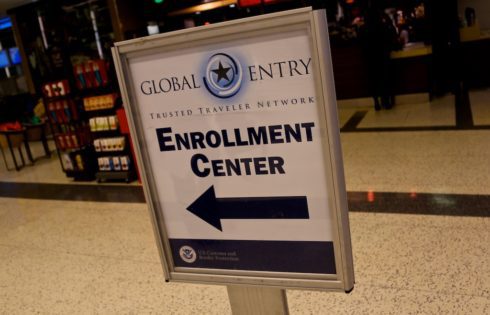
This comprehensive article will tell you everything you need to know about your Known Traveler Number. I’ll cover how you can get one and the best way to do that
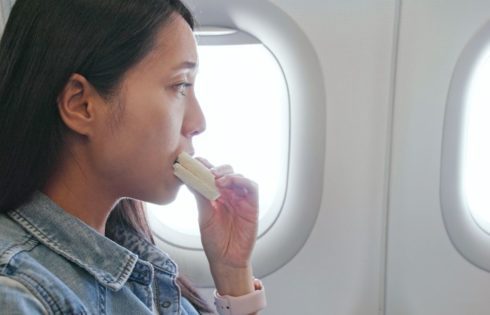
When it comes to airport security, it’s not always clear what you can and can’t bring on a plane. This is especially the case for food. There’s nothing worse than
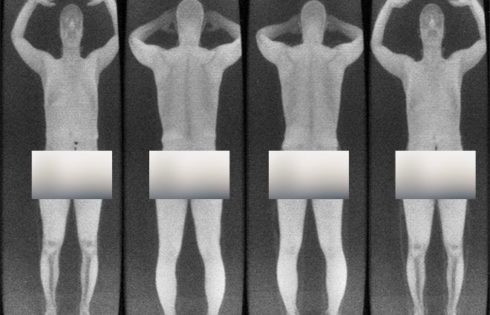
If you have ever gone through a TSA body scanner there’s a good chance that you’ve wondered if your naked body is on display for someone in a mysterious back
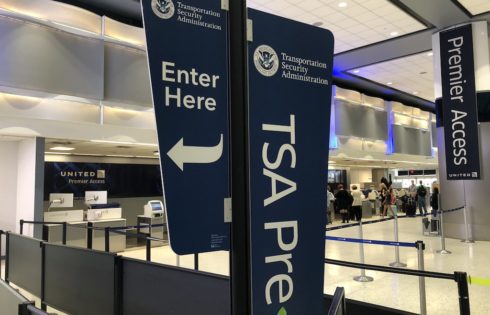
TSA Pre-Check is a program that has exploded in popularity over the last few years. It’s popular because it allows passengers to avoid frustration and save valuable time by avoiding

TSA Pre-Check can make your travels a lot more efficient and stress-free but sometimes you are forced to deal with the disappointment of finding the TSA Pre-Check line closed. But

Global Entry is one of the travel perks that I absolutely would not want to travel without. It has saved me tons of time and stress over the past decade

Getting your carry-on bag through TSA security requires you to abide by a number of rules. Some of these are (hopefully) pretty obvious like not bringing a gun through security
| Cookie | Duration | Description |
|---|---|---|
| cookielawinfo-checkbox-analytics | 11 months | This cookie is set by GDPR Cookie Consent plugin. The cookie is used to store the user consent for the cookies in the category "Analytics". |
| cookielawinfo-checkbox-functional | 11 months | The cookie is set by GDPR cookie consent to record the user consent for the cookies in the category "Functional". |
| cookielawinfo-checkbox-necessary | 11 months | This cookie is set by GDPR Cookie Consent plugin. The cookies is used to store the user consent for the cookies in the category "Necessary". |
| cookielawinfo-checkbox-others | 11 months | This cookie is set by GDPR Cookie Consent plugin. The cookie is used to store the user consent for the cookies in the category "Other. |
| cookielawinfo-checkbox-performance | 11 months | This cookie is set by GDPR Cookie Consent plugin. The cookie is used to store the user consent for the cookies in the category "Performance". |
| viewed_cookie_policy | 11 months | The cookie is set by the GDPR Cookie Consent plugin and is used to store whether or not user has consented to the use of cookies. It does not store any personal data. |
